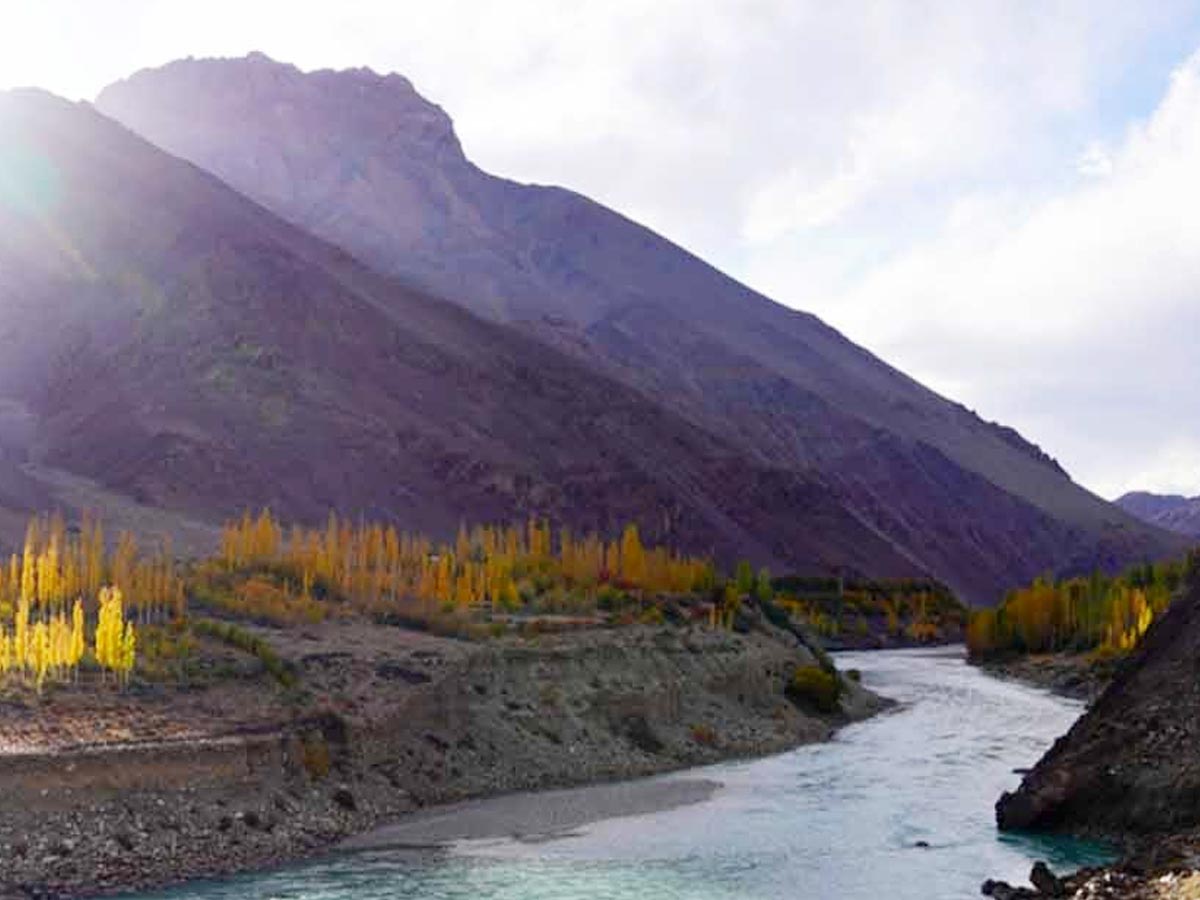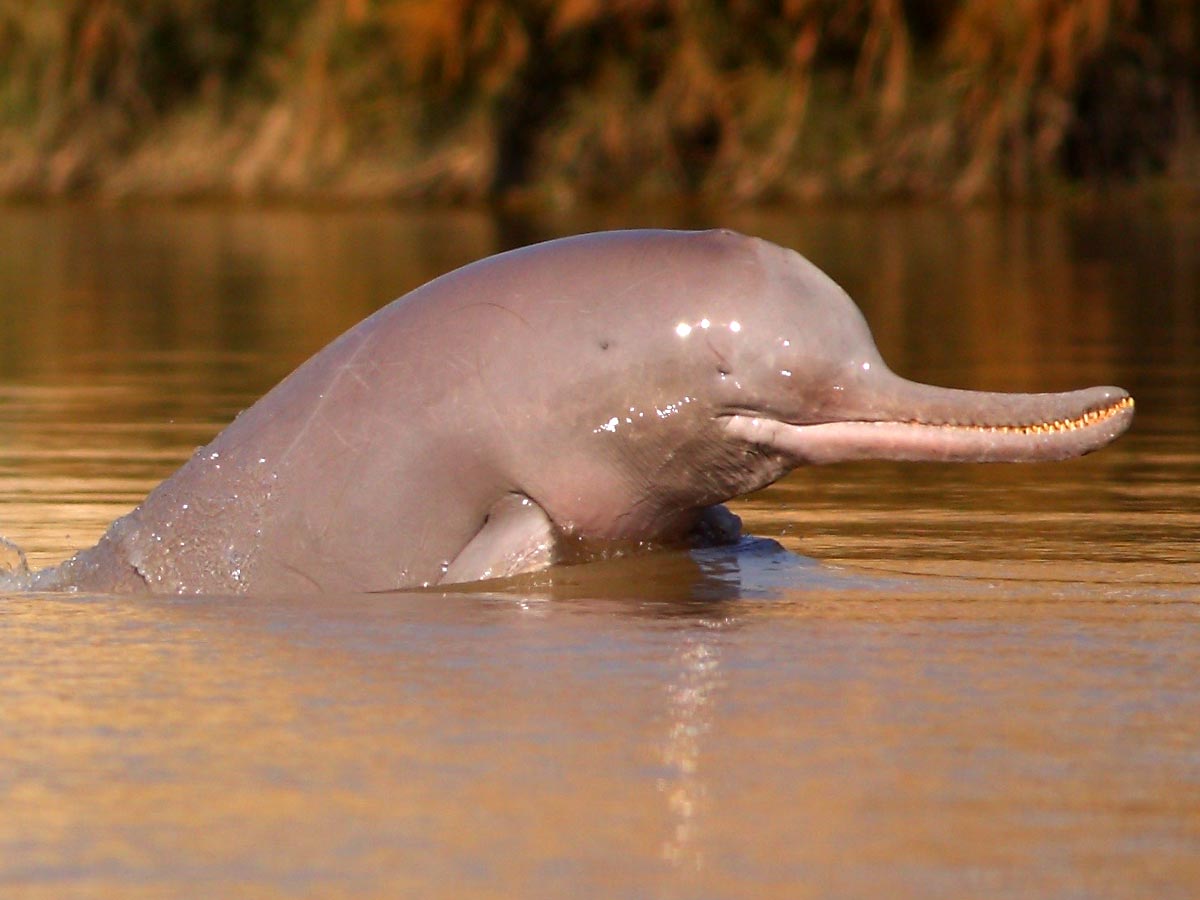There’s a saying that goes like ‘There’s no Hindustan without Sindhu(river).’ Sindhu is the Sanskrit word for Indus, which is a Tibetan word. Indus River is a transboundary river in South Asia. The trans-Himalayan river emerges in the Himalayas and flows through India’s Jammu and Kashmir to Pakistan and finally to the Arabian sea. The 3,180 km long river is one of the mightiest rivers in Asia.
It holds an important place in the history of India and its culture. The river runs across all the three crucial South Asia Nations — India, Pakistan, and China. Many assume that Indus is a western name given to the Sindhu river. Indus is actually a Tibetan term that is a popular name for the river in Tibet and China.
Sindhu river traces its origin back to the Sindhu Ghati Sabhyata, known as the Indus Valley civilization. Every Indian gets to hear a lot of stories about civilization and the river while growing up. From religious scriptures to historical texts, the Sindhu river’s importance is mentioned in several important texts.
Apart from the religious and historical context, the Indus river is important in geopolitics and strategic policies. A significant part of the river today flowed through Pakistan and contributed to its economy greatly. That’s why it has been named the national river of the Islamic nation. There are hundreds of amazing facts about this majestic river that you should know, and we’ve brought to you the 8 most amazing that you probably didn’t know.

The Indus river basins cover over a million square km: Indus river is a vast river in itself. The total flowing area of the river is nearly 1,165,000 square km. 47 percent of the river’s basin area is attributed to Pakistan, 39% to India, 8% to China, and 6% to Afghanistan. 520,000 sq km, or nearly 65% of Pakistan’s territorial region, is covered by the Indus river basin. This accounts for 14% of Pakistan’s total area.
India gets its name from the river Indus: India was initially been identified as Bharat or Bharatha. The Turkish and Muslim invaders called it Hindustan due to the majority Hindu population. Some are also recognized as the Indie region. But hundreds of years before the origin of Hindu culture, one of the oldest civilizations prosperous along the Sindhu river and was called the Sindhu valley civilization. The Persians pronounced Sindhu as Hindu, while Chinese and Western people called it Indus. India came from Indus and soon became a popular term.
Huge role In Pakistan’s economy:
As mentioned earlier, the Sindu river contributes hugely to Pakistan’s economy. The Indus river fulfills over 80% of the water requirements in Pakistan. From agriculture to industries and drinking water facilities, Pakistan depends on the Indus river for more than one. It gets access to its water under the Indus Water Treaty with India. More than 45 million acres of land fit for irrigation depends on the Indus river, and 80% of this land is in Pakistan.

The Indus Water Treaty:
The political and military situation between India and Pakistan since the partition in 1947 is hidden from none. Despite this, the countries ensure that common citizens do not affect too much due to the tensions. The Indus water treaty was signed in line with the treaty. Under the treaty, the Indus river’s water and its five tributaries — Chenab, Jhelum, Beas, Ravi, and Sutlej are shared between India and Pakistan. The treaty was signed between India’s first Prime Minister Jawaharlal Nehru and Pakistan President Ayub Khan. The water of three rivers, Indus, Jhelum, and Chenab, is controlled by Pakistan. In contrast, Beas, Ravi, and Sutlej are controlled by India as per the treaty.
Indus Water Dolphin:

The Indus River’s famous dolphins once again caught everyone’s attention when Prime Minister Narendra Modi took some steps to protect the species. The Indus water Dolphin is one of the rarest mammals on the planet. The rare Dolphin is now found only in lower parts of the Indus river and river Beas. Apart from this, as many as 25 amphibian species call the Indus river their home. Out of 147 fish species found in the river, 22 are found nowhere else in the world.
The Pollution Challenge:
Despite the strategic, economic, political, cultural, and historical importance of the river, it has been affected heavily due to the pollution, and the problem has only been elevated due to negligence of the authorities and the careless behavior of the local population. The industrial overuse, sewage discharge, and disposal of waste materials have resulted in the river being heavily polluted in certain areas.
The challenge of increasing temperature:
The rising global temperature is a matter of concern not only for the Indus river but the whole world. As per the Intergovernmental Panel on Climate Change, the global temperature will likely rise by 1.5 Celsius by 2050. Since the Indus river’s primary source is the Himalayan glacier, the rising cases of melting glaciers are a matter of concern for the river’s existence.

Witness to one of the greatest ancient civilizations:
The Sindhu river’s significance in India’s history is hidden to none. The Indus valley civilization or the Harappan civilization is one of the four major ancient civilizations. The Indus valley civilization flourished in two major rivers: the Indus River; and the Ghaggar-Hakra River. As per the Indian religious texts, the Ghaggar-Hakra river was another name for the now extinct Saraswati river. It is also believed that the Vedas were written along the banks of the Indus river.

























